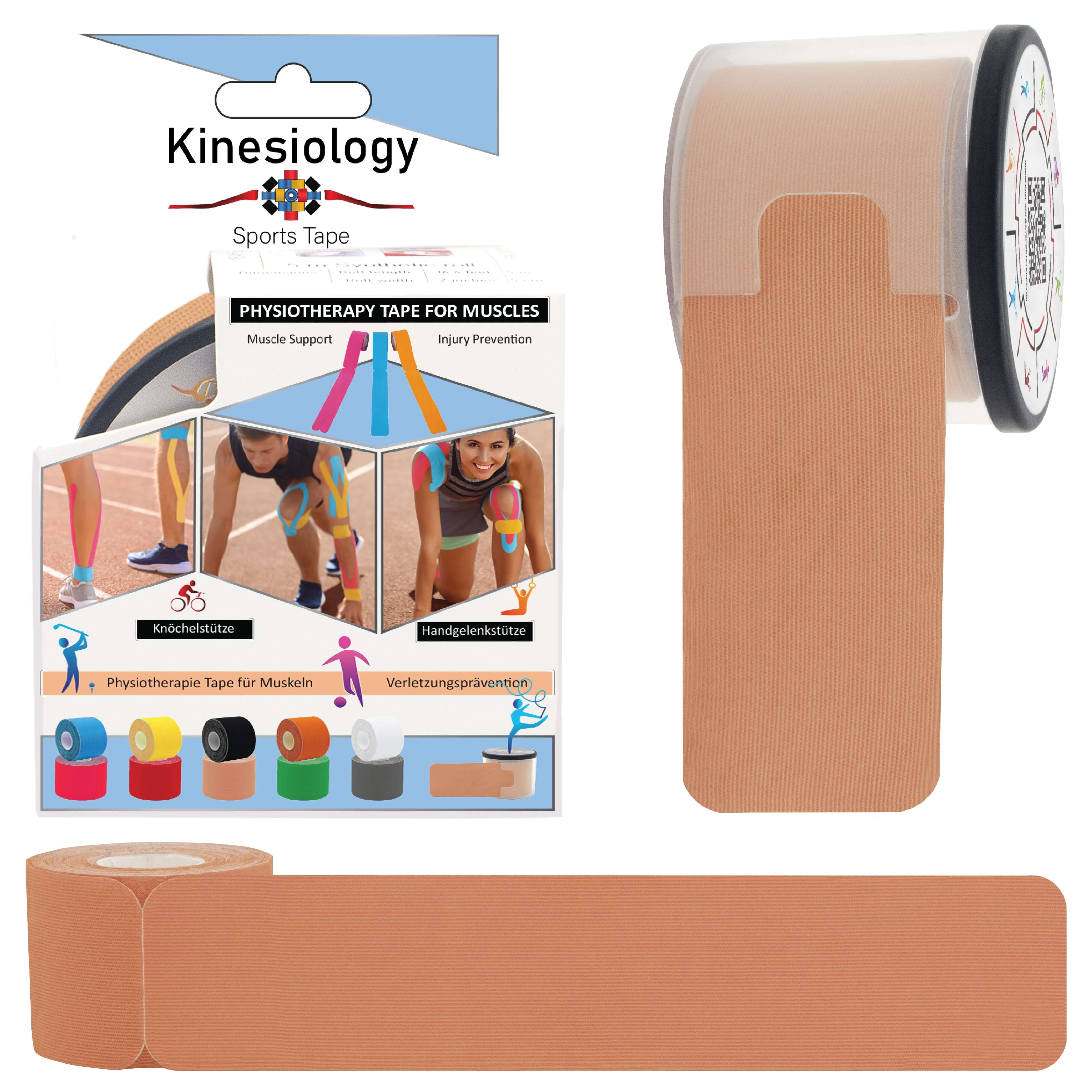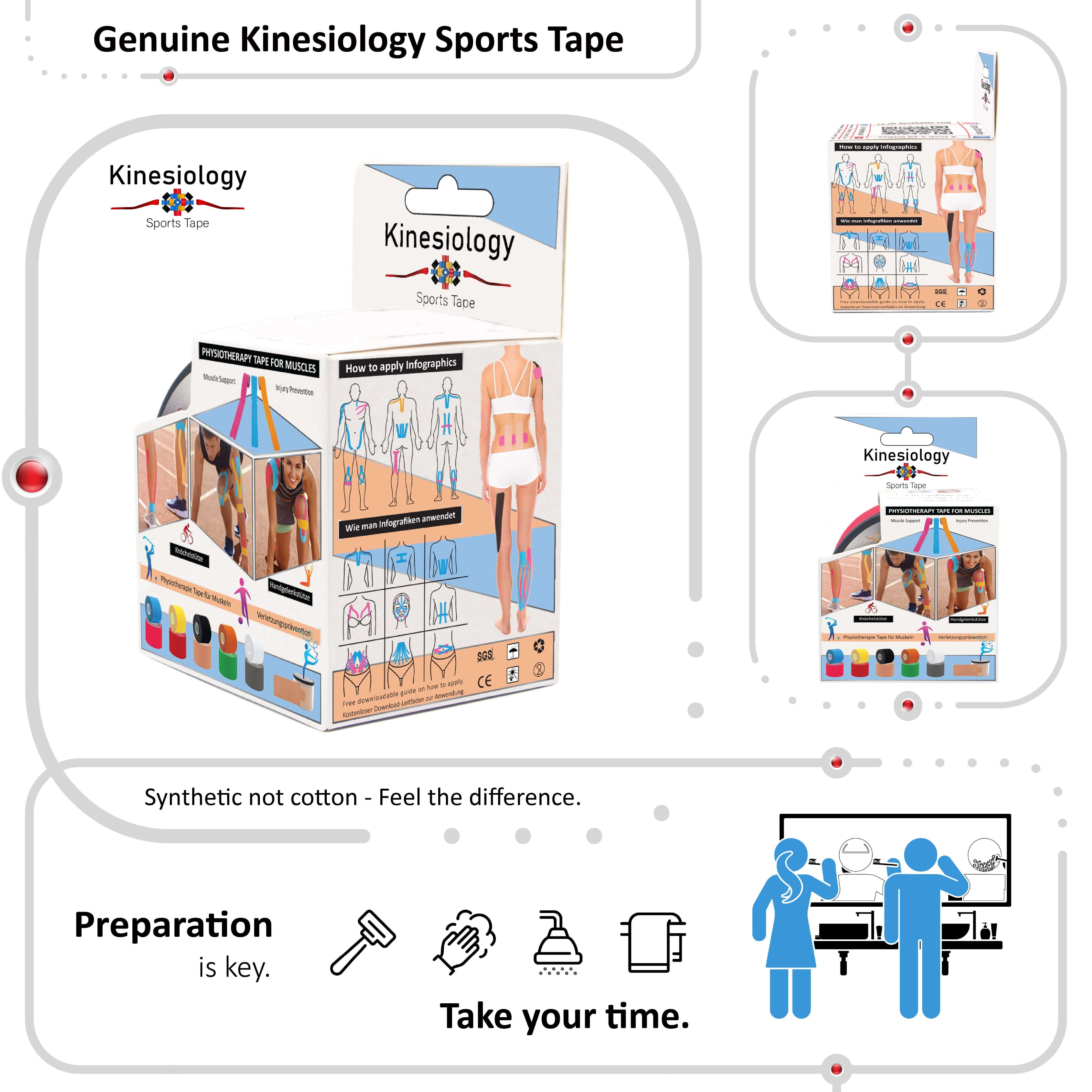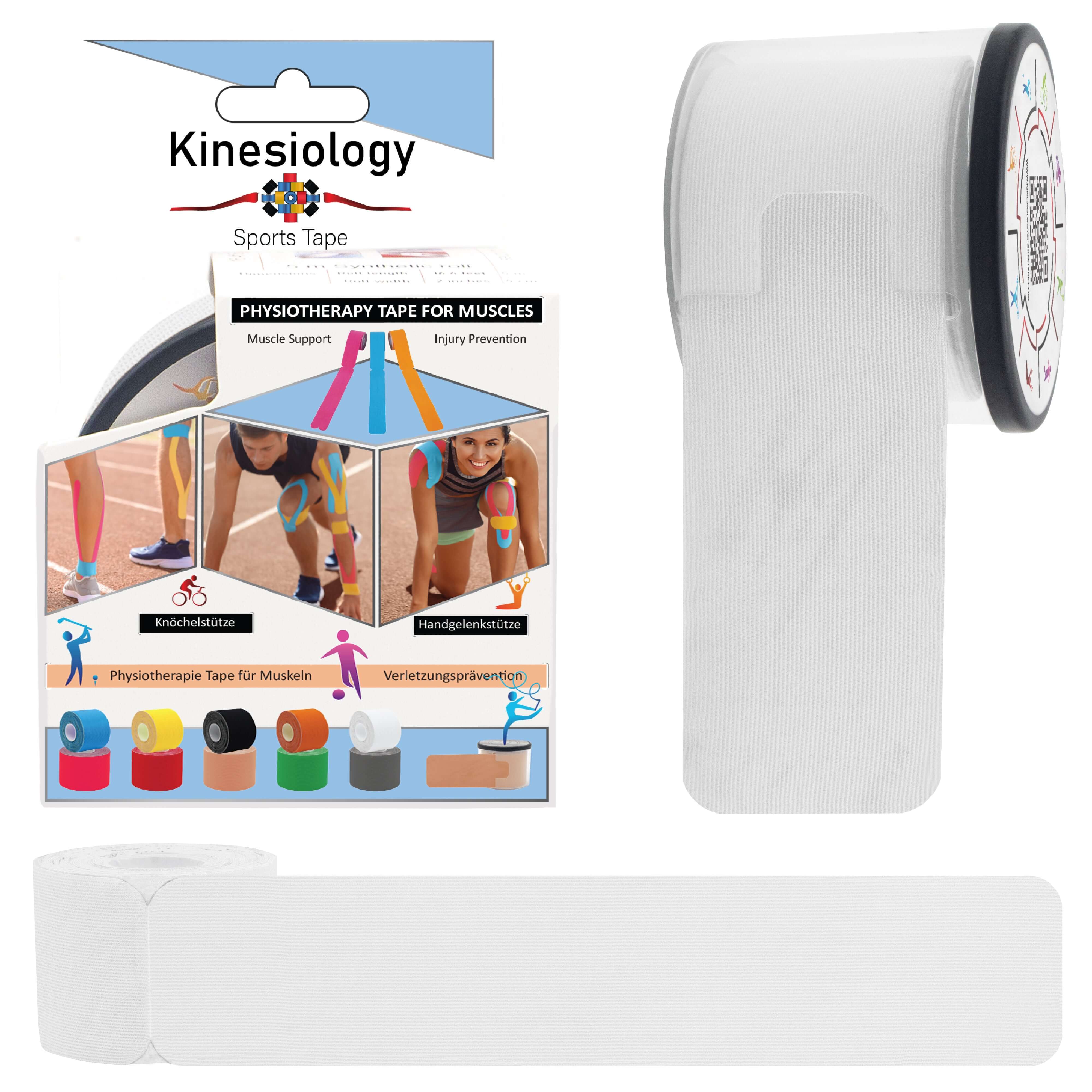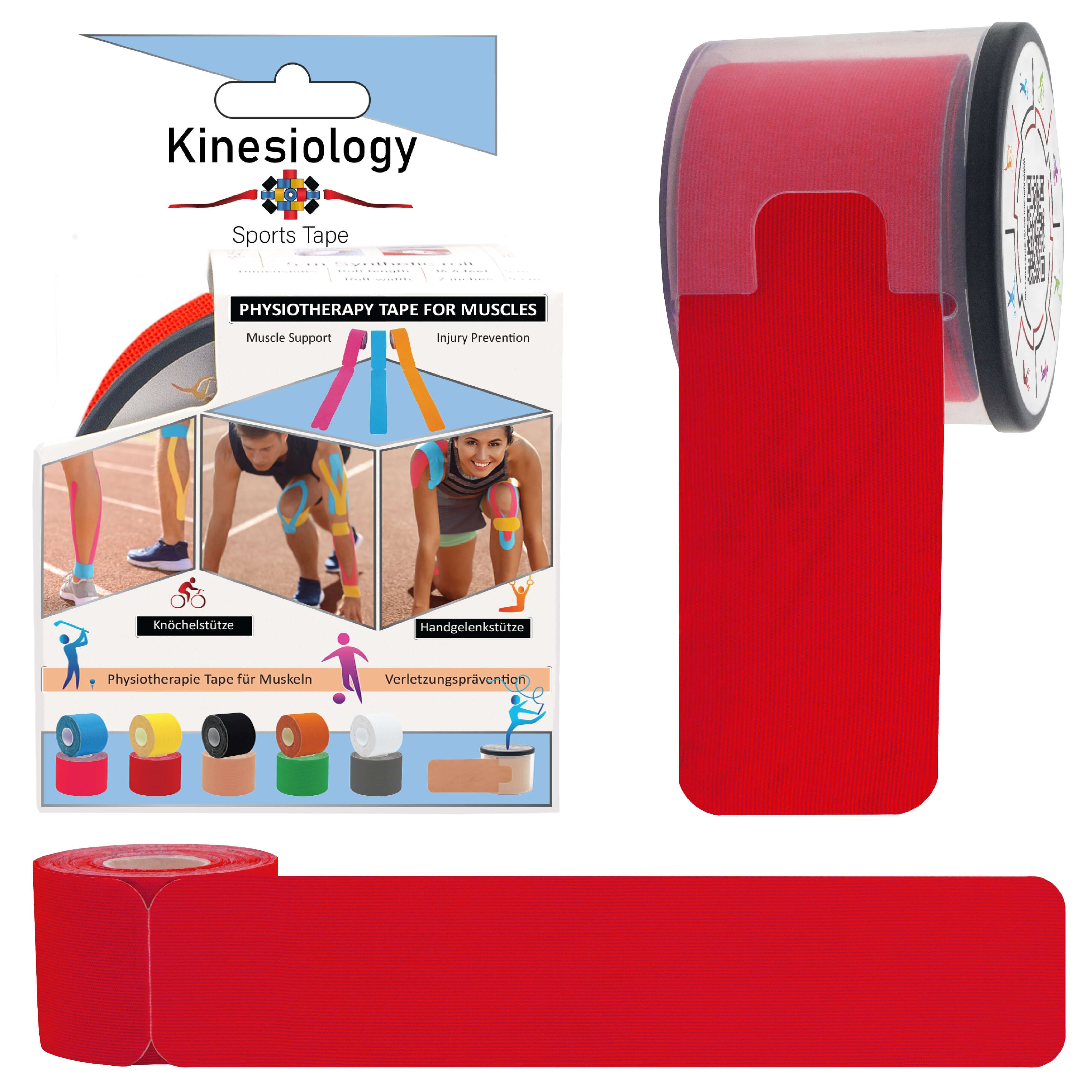
Kinesiology Tape Application Techniques

Proper application of kinesiology tape is essential for maximizing its benefits in pain relief, injury management, and performance enhancement. In this comprehensive guide, we'll delve into the intricacies of kinesiology tape application techniques, providing step-by-step instructions and tips for achieving optimal results.
Section 1: Understanding Kinesiology Tape
Before diving into application techniques, it's crucial to understand what kinesiology tape is and how it works. Kinesiology tape is a flexible, adhesive tape that mimics the elasticity of human skin, allowing for full range of motion while providing support to muscles and joints. Its unique properties make it an ideal tool for addressing a variety of conditions, from muscle strains to post-surgical recovery.
Section 2: Preparing for Application
Proper preparation is key to successful kinesiology tape application. Start by cleaning the skin with mild soap and water to remove any dirt, oil, or lotion. Ensure the skin is completely dry before applying the tape to promote better adhesion. If necessary, shave the area to create a smooth surface for tape application.
Section 3: Choosing the Right Technique
There are various techniques for applying kinesiology tape, depending on the specific area of the body and the desired outcome. Some common techniques include the "Y-strip" for muscle support, the "X-strip" for joint stability, and the "fan" or "web" technique for relieving pain and inflammation. Choose the technique that best suits your needs and follow the corresponding steps for application.
Section 4: Step-by-Step Application Guide
Now, let's walk through the step-by-step process of applying kinesiology tape using the chosen technique. Start by measuring and cutting the tape to the desired length, rounding the edges to prevent premature peeling. Then, gently stretch the tape as you apply it to the skin, ensuring even pressure and smooth adhesion. Pay close attention to the direction of stretch and the placement of the tape for optimal support and effectiveness.
Section 5: Tips for Success
To ensure successful kinesiology tape application, here are some additional tips to keep in mind:
- Avoid applying tape directly over open wounds or irritated skin.
- Remove any jewelry or accessories that may interfere with tape adhesion.
- Smooth out any wrinkles or folds in the tape to prevent irritation.
- Rub or apply gentle pressure to activate the adhesive and ensure proper bonding with the skin.
- Avoid excessive stretching of the tape, as this may cause discomfort or restrict movement.
By mastering the art of kinesiology tape application techniques, you can harness the full potential of this versatile tool for pain relief, injury management, and performance enhancement. Follow the steps outlined in this guide, and experiment with different techniques to find what works best for you. With practice and patience, you'll be able to apply kinesiology tape like a pro and experience the benefits it has to offer.
Section 1: Understanding Kinesiology Tape
Before diving into application techniques, it's crucial to understand what kinesiology tape is and how it works. Kinesiology tape is a flexible, adhesive tape that mimics the elasticity of human skin, allowing for full range of motion while providing support to muscles and joints. Its unique properties make it an ideal tool for addressing a variety of conditions, from muscle strains to post-surgical recovery.
Section 2: Preparing for Application
Proper preparation is key to successful kinesiology tape application. Start by cleaning the skin with mild soap and water to remove any dirt, oil, or lotion. Ensure the skin is completely dry before applying the tape to promote better adhesion. If necessary, shave the area to create a smooth surface for tape application.
Section 3: Choosing the Right Technique
There are various techniques for applying kinesiology tape, depending on the specific area of the body and the desired outcome. Some common techniques include the "Y-strip" for muscle support, the "X-strip" for joint stability, and the "fan" or "web" technique for relieving pain and inflammation. Choose the technique that best suits your needs and follow the corresponding steps for application.
Section 4: Step-by-Step Application Guide
Now, let's walk through the step-by-step process of applying kinesiology tape using the chosen technique. Start by measuring and cutting the tape to the desired length, rounding the edges to prevent premature peeling. Then, gently stretch the tape as you apply it to the skin, ensuring even pressure and smooth adhesion. Pay close attention to the direction of stretch and the placement of the tape for optimal support and effectiveness.
Section 5: Tips for Success
To ensure successful kinesiology tape application, here are some additional tips to keep in mind:
- Avoid applying tape directly over open wounds or irritated skin.
- Remove any jewelry or accessories that may interfere with tape adhesion.
- Smooth out any wrinkles or folds in the tape to prevent irritation.
- Rub or apply gentle pressure to activate the adhesive and ensure proper bonding with the skin.
- Avoid excessive stretching of the tape, as this may cause discomfort or restrict movement.
By mastering the art of kinesiology tape application techniques, you can harness the full potential of this versatile tool for pain relief, injury management, and performance enhancement. Follow the steps outlined in this guide, and experiment with different techniques to find what works best for you. With practice and patience, you'll be able to apply kinesiology tape like a pro and experience the benefits it has to offer.





















